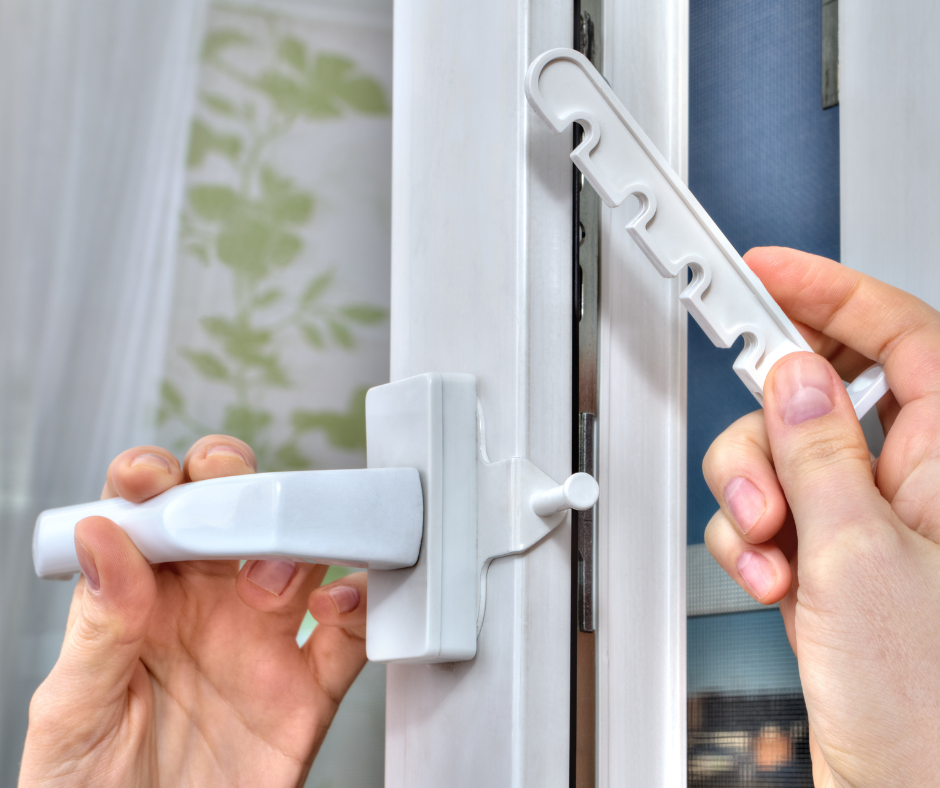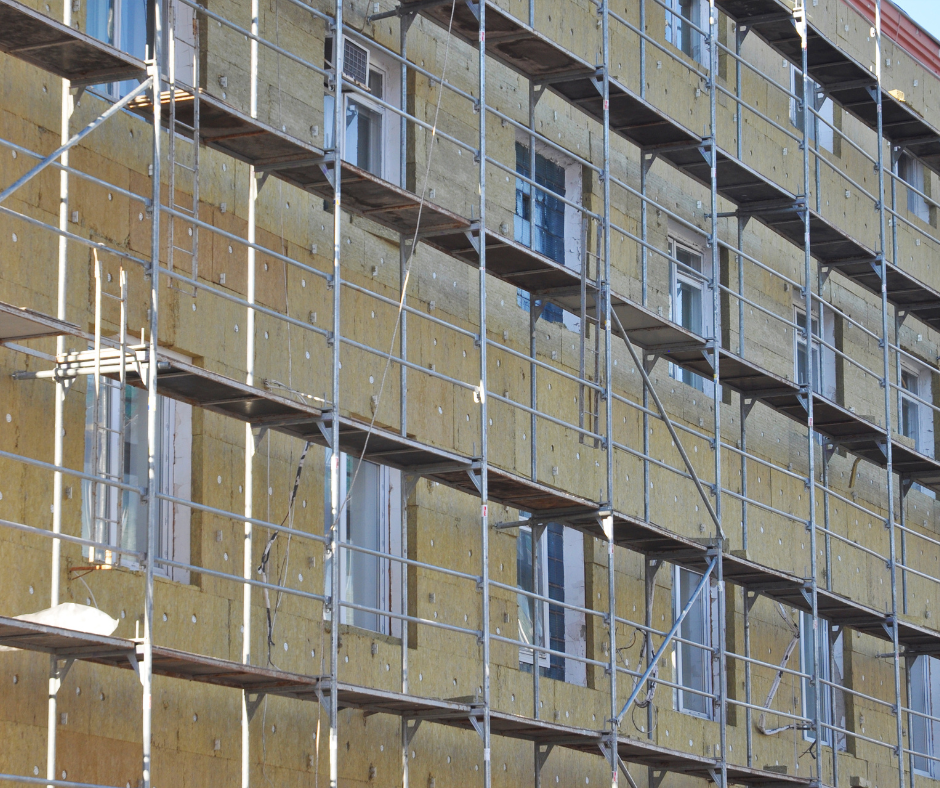Window restrictors are one of the most important safety features for rental properties. As a landlord, it’s important to know whether they are a legal requirement in the UK and what your responsibility is when it comes to installing them.
In this article, we will discuss the regulations around window restrictors and provide some advice on how to make sure your rental property is safe for tenants.
Are window restrictors required by law in the UK?
There are no laws in the United Kingdom that require window restrictors to be installed in buildings. However, the UK government recommends that window restrictors be installed in buildings with children under the age of five, as well as buildings with vulnerable adults, to prevent accidents and injuries from falls.
What are window restrictors?
Window restrictors are devices that are installed on windows to keep them from opening too far. This can help prevent falls and accidents, especially for young children and vulnerable adults. There are no laws in the UK that require window restrictors to be installed, but many people do so for safety reasons.
Window restrictors are frequently used in buildings where young children or vulnerable adults may not be able to open a window far enough to climb through it. Window restrictors, which limit the opening of a window can be opened, can help to keep people safe and prevent falls from windows. Window restrictors, in addition to their safety benefits, can help to improve security by making it more difficult for burglars to gain access to a building through a window.
The risk of falling from windows and openings
People have been seriously injured or killed after falling from or through windows in health and social care facilities.
Falls are classified into three types. They are as follows:
unintentional – these occur when people unintentionally fall through or from windows. This can occur where people can sit on and fall from sills, or where windows are placed in such a way that people can easily fall through them.
falls caused by a confused mental state – a significant number of reports mention an individual’s mental state. Senility, dementia, decreased mental capacity, mental disorder, and the effects of alcohol and drugs (both prescribed and illegal) can all cause anxiety and confusion. People in these situations have frequently attempted to flee or used a window, believing it to be an exit.
Intentional self-harm or suicide – a known risk for people with certain health conditions, particularly those with a history of self-harm or mental illness.
Falls from balconies and windows
When an assessment determines that people receiving care are at risk of falling from windows or balconies at a height likely to cause harm (for example, above ground floor level), appropriate precautions must be taken.
Windows that are large enough for people to fall out should be adequately restrained to prevent such falls. The opening should be no larger than 100 mm. Window restrictors should only be disengaged with a specialised tool or key. Access may need to be limited to balconies that are not designed to prevent people in danger from climbing over.
Windows with built in restrictors (side-stays)
This Safety Notice is addressed to individuals and organisations that provide facilities for vulnerable people who run the risk of falling from windows.
An investigation by the Health and Safety Executive (HSE) into a fatal accident that occurred when window side-stays, which were fitted with plastic spacers as part of the mechanism, failed has resulted in the Department of Health issuing a safety alert.
Any organisation that has window restrictors installed to limit window openings (typically to no more than 100 millimetres) in order to prevent vulnerable people from falling out of windows should read the alert that has been issued. These kinds of organisations include the National Health Service Trusts, the providers of care homes, and those who manage buildings in which vulnerable people may be present.
What other related risks should be considered
The HSE is aware of numerous incidents in which patients or residents have fallen on stairs, resulting in serious injury or death. A number of factors are particularly relevant to patients and residents and should be considered in the individual’s care plan.
Stairs should be in good condition and of suitable design and dimensions for their intended use, as specified in Building Regulations Approved Document K. You should consider whether they:
- are well-lit
- have handrails at an appropriate height that contrasts with the surroundings
- have good slip resistance properties, particularly at the leading edge
- have clearly marked edges
- are free of trip hazards or obstacles.
If occupants are unable to move and require additional assistance, the stairs should have appropriate handrails on both sides. Stairs should not be steep, winding, curved, or have open risers.
Individuals who have been identified as having a vision impairment and are still permitted to use the stairs should have the leading edge of the step marked to improve contrast between the step and the edge. These features make the stairs safer for all users, including staff. Wearing appropriate footwear should be encouraged wherever possible.
When an individual’s mobility, balance, or other conditions put them at risk of falling, an assessment should be completed to determine whether access to the stairs is appropriate and under what conditions.
When they are mobile but at risk of falling, the views of the individual, care professionals, and family representatives should be considered as part of any assessment when deciding whether access to the stairs is appropriate.
Some stairs (for example, steep cellar stairs) may be dangerous for residents with mobility or balance issues. Where wheelchairs or mobility scooters are used near access points at the tops of stairs, appropriate controls should be installed to reduce the risk of falls.
Where should window restrictors be fitted?
Window restrictors should be installed on windows where a fall from the window could cause injury. This is common on windows that are at or below an adult’s chest height.
They are typically used in homes with young children or on windows that are located at a height that could be accessed by small children. In general, window restrictors should be fitted at a height that is out of reach for children.
This is typically a height of 1.5 meters. Consider the placement of furniture and other objects near windows, as these can be used to climb and access windows that would otherwise be out of reach. In general, installing window restrictors on any windows that pose a potential safety risk is a good idea.
Can UPVC windows be fitted with window restrictors?
Yes, UPVC windows can have window restrictors installed. Unplasticized polyvinyl chloride, or UPVC, is a type of plastic commonly used for windows and doors. It is a strong and long-lasting material that is ideal for window restrictors.
Many window restrictor manufacturers offer products that are specifically designed to be used with UPVC windows, so finding a product that is suitable for your UPVC windows should not be difficult. It is critical to select a high-quality window restrictor and have it professionally installed to ensure that it is properly fitted and functions properly.
Final thoughts
Whilst window restrictors are not a legal requirement they can help save lives and avoid accidents. In addition they can help increase the security of the property against breaks for a minimal cost. For further advice or to have window restrictors fitted, call or contact us online.



